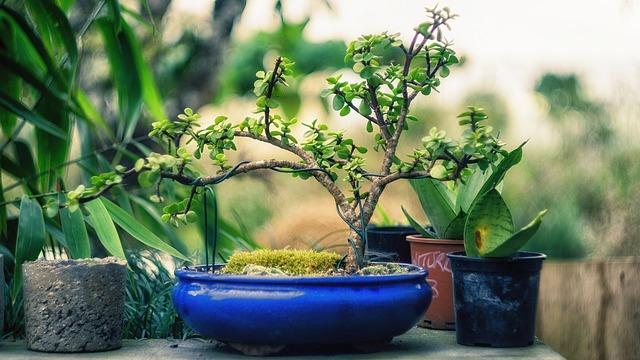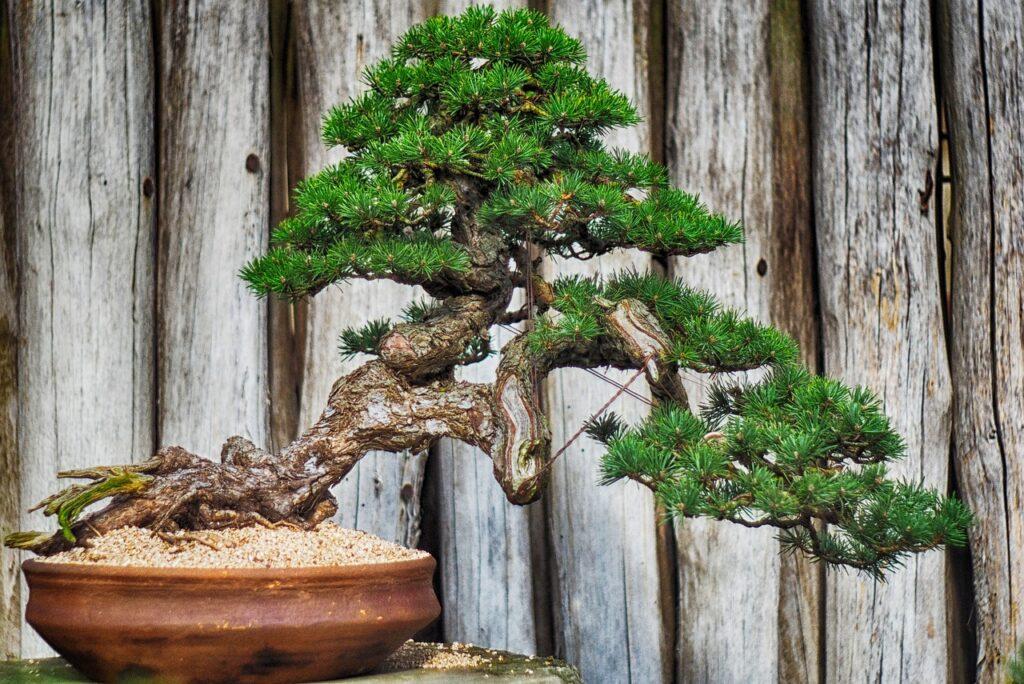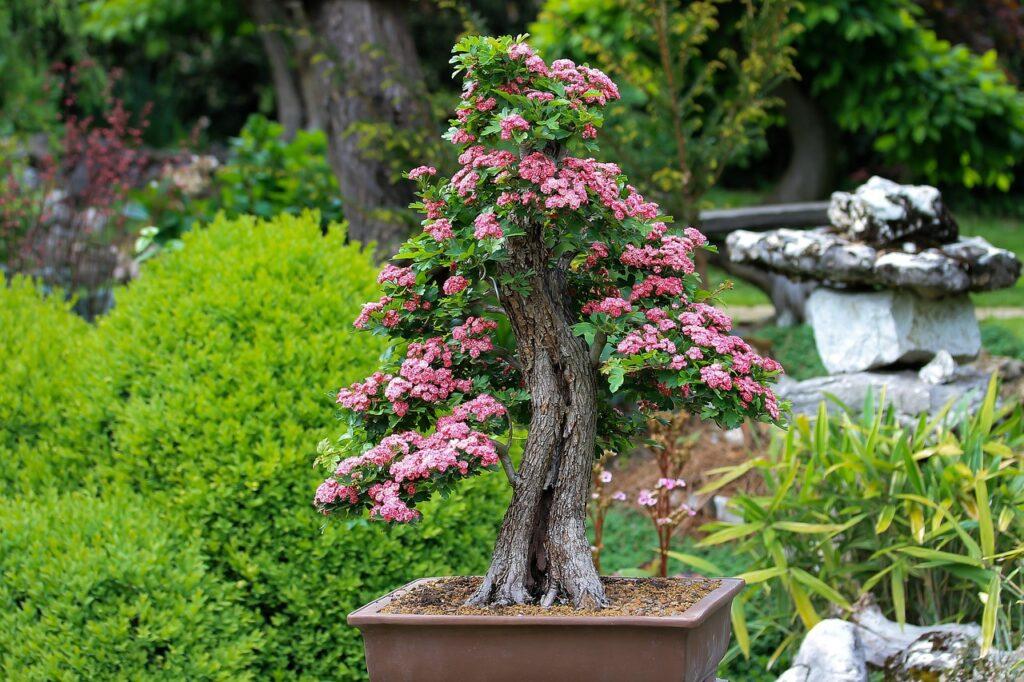
Most plants flourish in regular pot mix which usually consists of earth soil, Vermicompost or compost cocopeat, etc.
But some plants need a special mixture for them. so today we will learn how to make bonsai soil at home in India.
It’s crucial to comprehend the function of the soil before moving on. In addition to serving as the plant’s anchor, it also stores water and nutrients.
At the same time, it must be light enough for the roots to receive oxygen. Furthermore, it acts as a buffer against the extremes of fluctuating temperature and moisture levels.
The typical garden soil has a volume composition of 50-60% solids, 20-25% water, and 20-25% air. However, much like most potting soil, the soil in the garden is too dense for the demands of bonsai. Garden soil also becomes harder with time.
This bonsai is a different method of growing plants, and in this plant technique usually we make miniature-like plant type of big plants in a small pot or try.
So requirement differs as per their growth patterns.

What we need most in the case of this plant mixture is Aeration, Water holding, and Nutrition.
For aeration, we can use river sand,
For water holding, we can use a mixture of crushed and sifted red brick parts of 0.5 cm.
And 1-1.5 cm part of red bricks for the top layer of Akadama soil.
For nutrition, we can use Vermicompost.
Find more details on BONSAI SOIL.
We can use some amount of cocopeat and coconut husk chips also.
There is a mixture that also can be made with a couple of ingredients like Gravel sand, Perlite, neem cake powder, ash fertilizer, and leaf mold.
You can make two types of mixture one with the most necessary and the other with all the ingredients mixture.
Table of Contents
1St mixture:
Garden soil – and river sand mixture at the base you can mix Vermicompost in it.
And the upper layer with big red brick particle
The ratio will be:
Garden soil-40%
River sand-20%
Vermicompost-20%
Red brick particle or Akadama soil-20%
In case of what to choose between red brick particles or Akadama soil. If you are in the beginner stage or want to go the cheaper way you can use red brick on the other hand if you want to spend some bucks go with Akadama.

Because Akadama originated from Japan which is volcanic sand rich in nutrients and has some good water-holding capacity also.
Pro TIP: One thing always keep in mind is that plants need a humid atmosphere around the root zone, not the quantity of food or water that obstacle their growth of it, so avoid overwatering.
2nd mixture:
You need to add all the ingredients used in the first mixture as well as Gravel sand, Perlite, neem cake powder, ash fertilizer, and leaf mold.
The ratio will be:
Garden soil-30%
River sand-20%
Vermicompost-10%
Gravel sand-10%
Perlite-5%
Neem cake powder-5%
Ash fertilizer-10%
Leaf mould-10%
And one other Mixture you can make is as under:
We can make it from Compost, Akadama soil, Pumice, Lava rock, and Fine gravel/Grit
For Deciduous plants:
Akadama- 60%
Pumice- 20%
Lava Rock-20%
For Coniferous plants:
Akadama- 40%
Pumice- 30%
Lava Rock-30%
It is important to perform a simulation test to see how the organic components and substrates will hold up when soil naturally condenses over time.
You must be able to squeeze the clump of moist material with your palm in order to imitate compaction before filling the bonsai pot.
If your bonsai mix is hard and compact, your soil contains too much organic matter. It will eventually start to hold onto water, which can result in damp feet and root rot. Lack of air pockets is another issue that raises additional worries.
Your soil mixture has adequate drainage but no aeration if it crumbles when removed from your hand.
so always do such soil checks for the best health of the bonsai plant. and this is how you get the answer to ‘How to make bonsai soil at home in India’.
Any queries or difficulty facing while growing bonsai do contact us by mail or Instagram: garden_world_247
